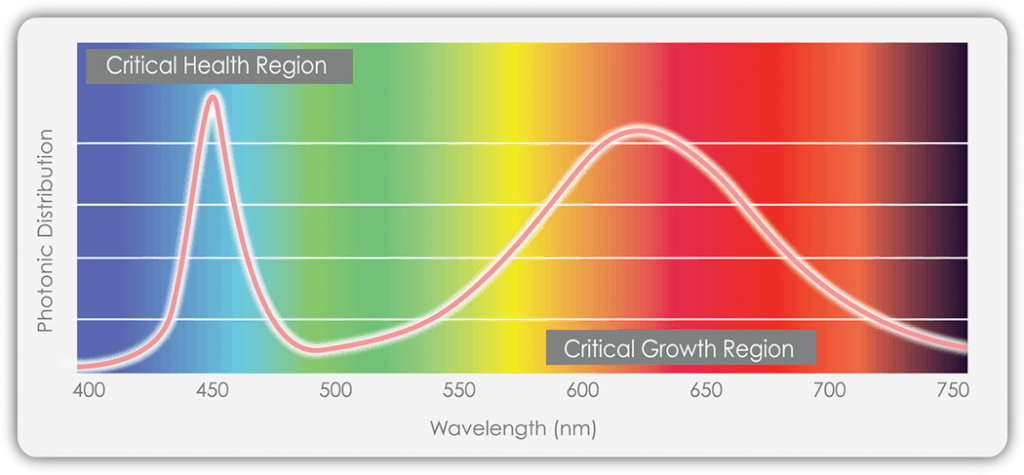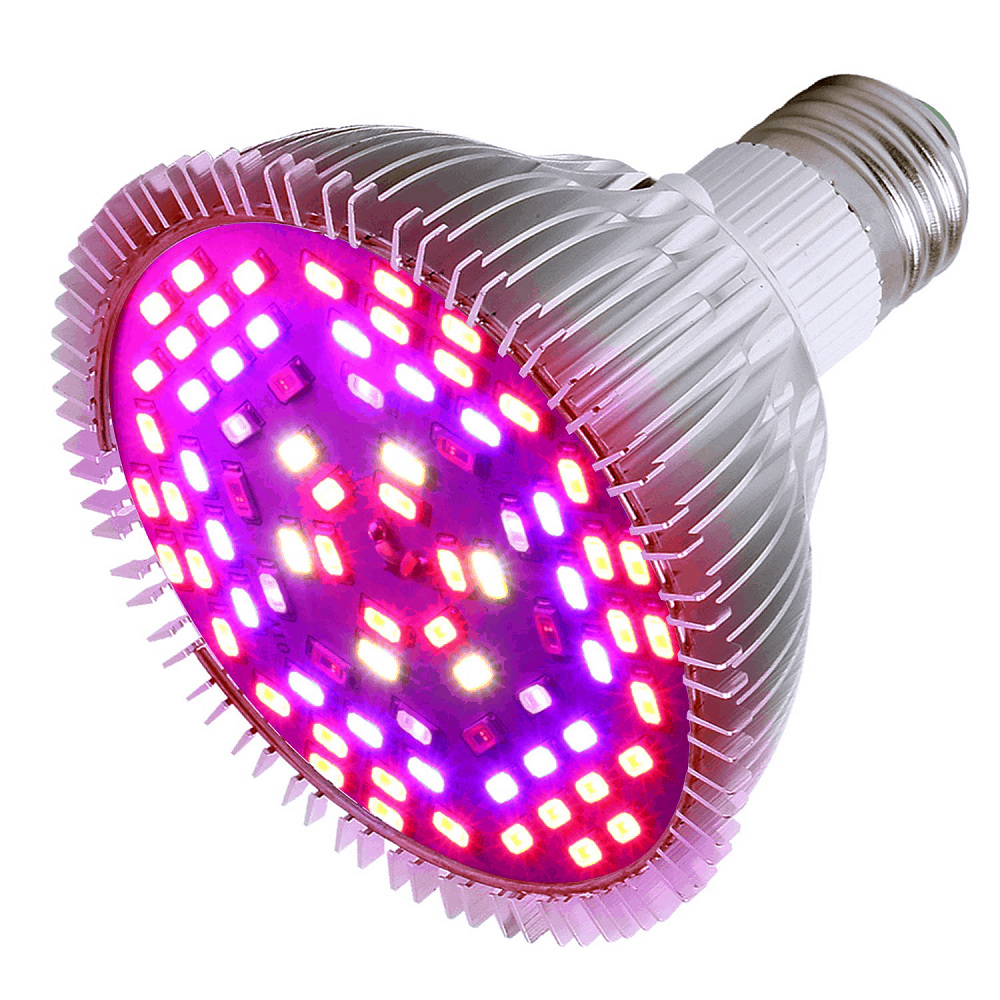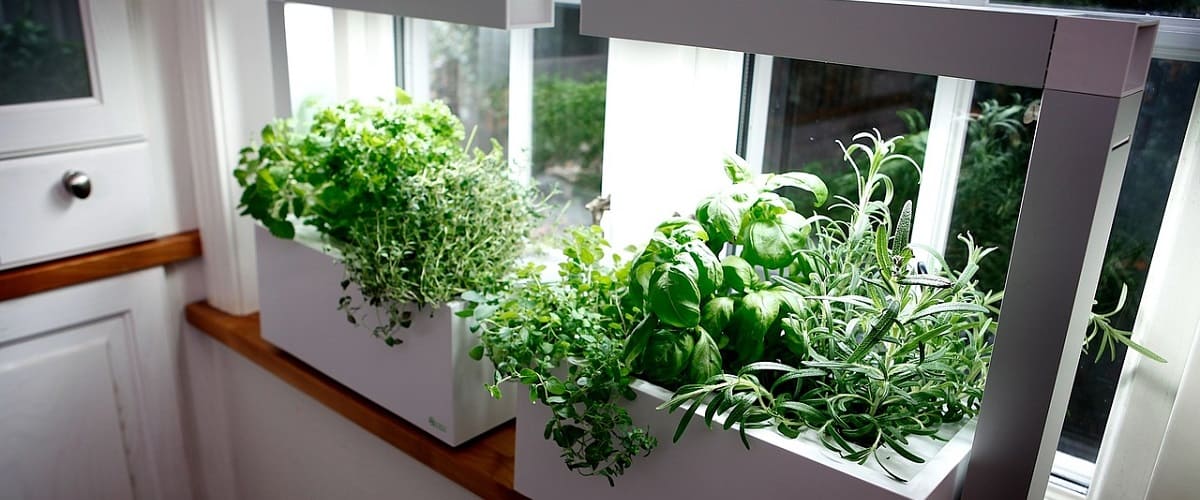It’s no secret that growing plants is one of the best ways to establish self-sufficiency. And while the outside world is harsh, you still need to know what you’re doing if you want to grow plants indoors.
If you can grow your own veggies and herbs, then you are less dependant on other food resources. Besides that, growing and tending to your own plants and gardens is a great way to improve one’s mood. Caring for things and seeing them thrive makes people happy, and being around nature can help alleviate the drudgery of the modern rat race.
But plants aren’t like animals. They need special treatment to thrive that might not be clear or easily understood by most people. This is especially true for lighting. Proper plant lighting means life or death for any leafy green. And each plant has different needs. They also need different watering and temperature levels, but let’s focus on lights for today.
The “Correct” Kind of Light
It’s common knowledge that plants need sunlight. Many animals, humans included, absorb vitamin D through UV radiation from the sun. That’s not the case for plants, however. They don’t actually need sunlight, but they need any kind of light that offers a full, complete spectrum.
The good part is that this means you don’t actually need sunlight to keep plants happy. The right kind of lightbulb will do just as well. When searching for light bulbs, don’t look for color-based lights and look for spectrum rates. Whatever has the biggest and widest spectrum is generally the best for your plants. You can even find bulbs specifically developed and advertised as having a light spectrum beneficial to plants. They focus on the red and blue hues, due to their effects on plants.

I actually use the Exo Terra Repti-Glow UVB bulbs. I have them for the turtle terrarium I have since they also exhude UVB radiation that animals need. But it also has a large relative spectral power. While intended for reptiles, it makes for a great plant bulb, as well. Now only if I could put plants in the turtle exhibit without them eating it.
The “Correct” Power
It’s easy to assume that all plants want as much sunlight as possible. This is false. Around 5 years ago at the start of summer, I had left my Ponytail Palm tree outside to get maximum sun exposure. Later on, I had noticed purple shading on the leaves. I had actually sunburnt my plant by exposing it to powerful levels of sunlight too quickly.
Plant bulbs vary in power by wattage. The higher the wattage, the more powerful it is. The aforementioned reptile lamp I have is 26w, which is enough for most plants. Desert plants, succulents, and Cacti might want stronger options. The best thing to do is look up the recommended wattage for the plants you intend to grow indoors.
The “Correct” Amount of Time
Often times, people assume plants like to “sleep,” and will turn the light off at night. While that’s not technically true, this is still good advice. Certain plants like more or less sun than others. Having a healthy balance between light and dark will promote better growth times and flowering. How much light will vary by plant, so look up the recommended amount based on your needs. Chrysanthemums and azaleas do great with less than 12 hours. Most fruits and veggies do best with 14 to 18 hours a day.
There are two ways you can manage this. One is to purchase an outlet or power strip with a built-in timer. Set this to the recommended times and durations and you’re set! My reptiles, which dominate our light setup, get the same general light as we do, so I have a wireless controller that can open and close power to various outlets. That way, I can turn off the plant/reptile bulbs when I go to bed and turn them back on when I awake.
Final Advice

Use LED bulbs. There are a few advantages to using this over florescent or CFL bulbs. They are incredibly light efficient and have a very long running life, allowing for cheaper long-term maintenance. They also are capable of a VERY wide spectrum when calibrated accordingly, leading to healthy happy plants.
The reptile bulbs I use are CFL, but that is because the reptiles need UVB light, which LED lights cannot produce. Otherwise, I’d prefer LED.
References: Gardener’s Supply Company

